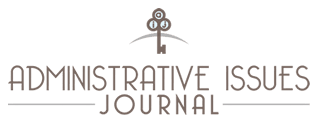
Abstract
This presentation will discuss how the Myers-Briggs Type Indicator (MBTI) instrument can best be used to facilitate positive change in an organization. The Myers-Briggs Type Indicator (MBTI) is an instrument based on research conducted by Carl Jung and Isabel Briggs Myers. Briggs originally developed the concept to better understand the behaviors of normal individuals. The strength of the MBTI instrument lies in helping managers understand preferences, nuances, behaviors, and mental processes of individual employees. By using the MBTI, a person can predict what types of information disparate individuals prefer, the format and delivery, and orientations toward change. This insight can better assist the manager in preparing employees for positive change. Change is more effective when participants buy into it. By recognizing people are different and use information differently, we can more effectively facilitate positive change. In this presentation I will discuss the different profiles revealed by MBTI, how each profile relates to change, and the needs of each when dealing with change.
Recommended Citation
Hart, MaryRose
(2011)
"Leveraging the MBTI to Affect Change,"
Administrative Issues Journal: Vol. 1:
Iss.
3, Article 18.
Available at:
https://dc.swosu.edu/aij/vol1/iss3/18
Included in
Health and Medical Administration Commons, Higher Education Administration Commons, Public Administration Commons
Please consider contributing an article to Administrative Issues Journal, our submission policy: http://www.swosu.edu/academics/aij/guidelines.aspx
